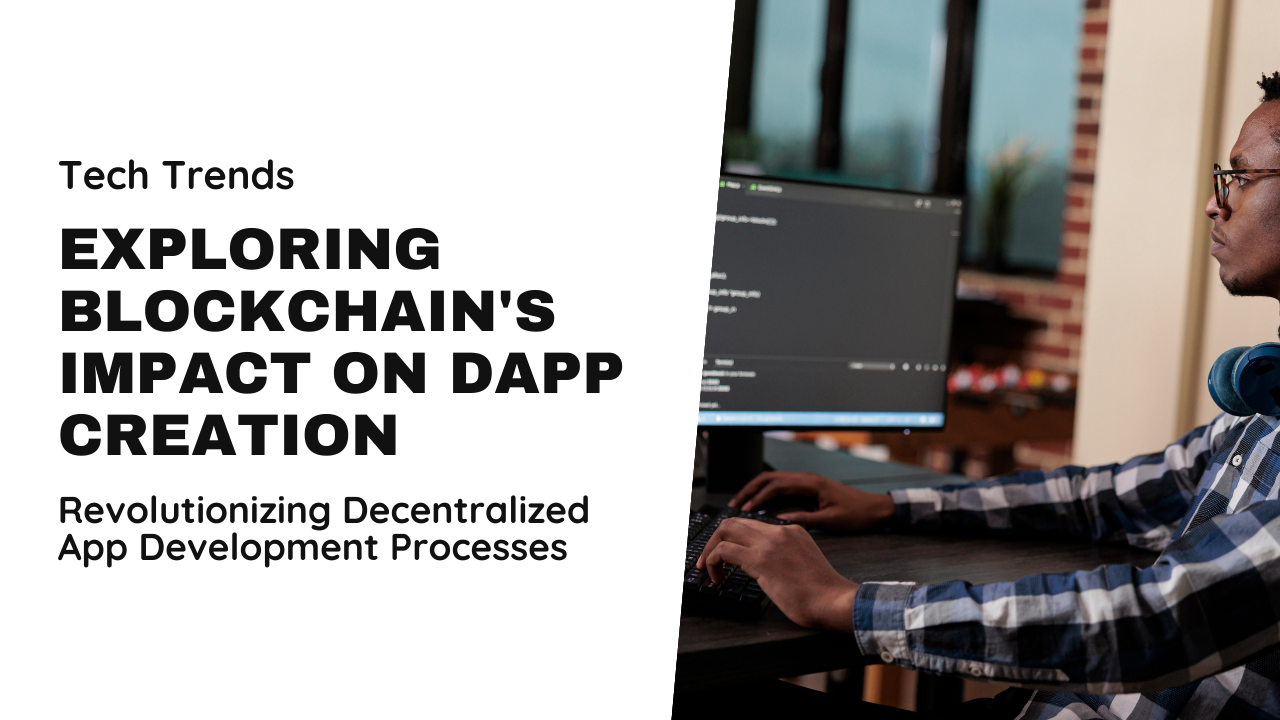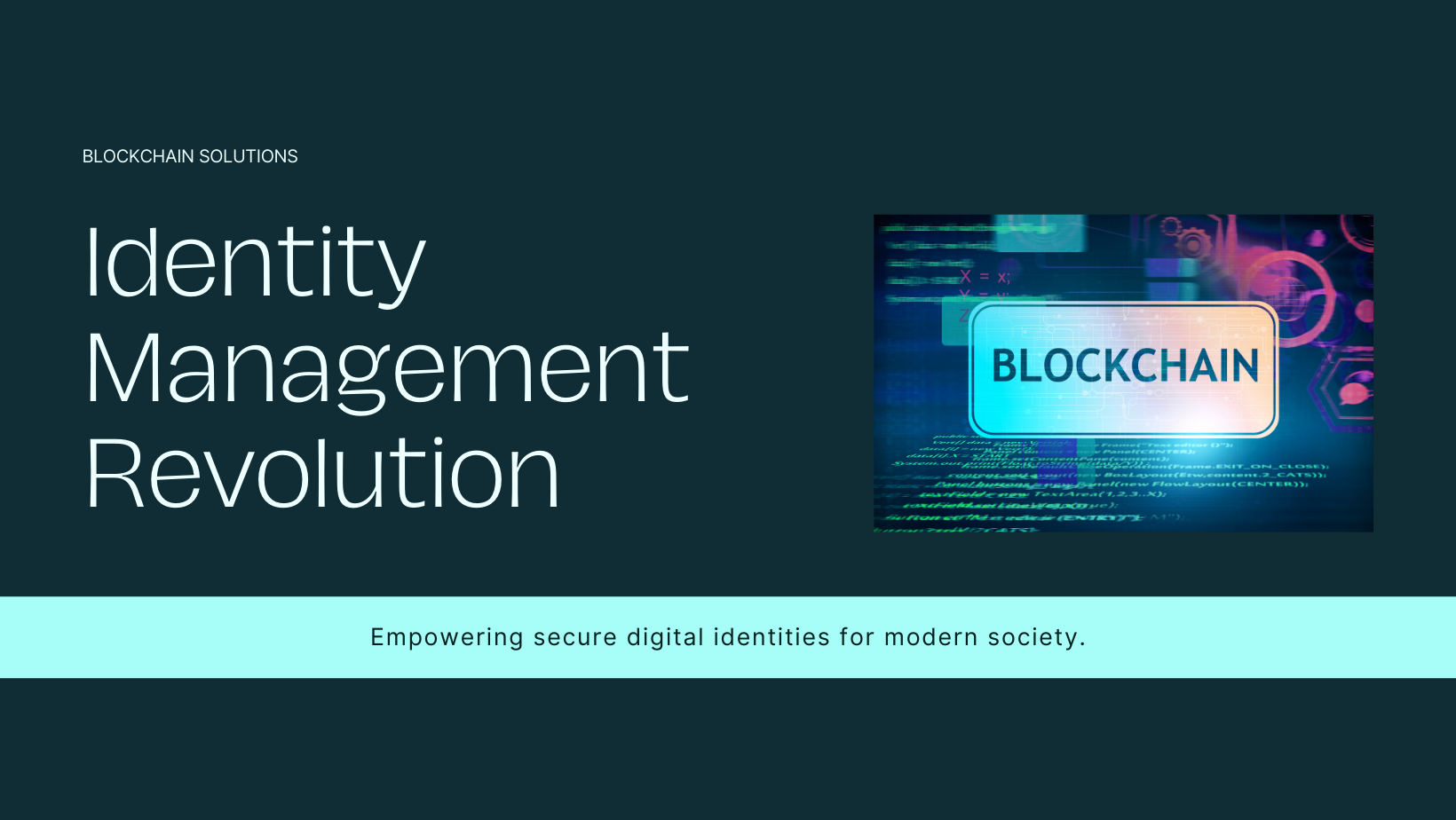Blockchain technology has gained prominence for its potential to revolutionize various industries, offering decentralized, secure, and transparent solutions. Implementing a blockchain solution requires careful planning, technical expertise, and adherence to best practices to ensure successful deployment and integration. This blog provides a step-by-step guide on how organizations can effectively implement a blockchain solution to achieve their business objectives.
Understanding Blockchain Implementation
Blockchain implementation involves integrating decentralized ledger technology into existing business processes or developing new applications that leverage blockchain’s unique capabilities:
- Decentralization: Distributed network of nodes validates and records transactions, eliminating the need for intermediaries.
- Security: Cryptographic algorithms secure data integrity and protect against unauthorized access.
- Transparency: Immutable ledger ensures transparent and auditable records of transactions.
Steps to Implementing a Blockchain Solution
1. Define Use Case and Objectives
Identify a specific business problem or opportunity where blockchain can provide value:
- Use Case Analysis: Assess potential applications such as supply chain management, digital identity, or financial transactions.
- Business Objectives: Define clear goals, such as improving efficiency, reducing costs, enhancing security, or increasing transparency.
2. Choose the Right Blockchain Platform
Select a blockchain platform that aligns with your project requirements and business goals:
- Public vs. Private Blockchain: Decide whether a public blockchain (like Ethereum) or a private/permissioned blockchain (like Hyperledger Fabric) is suitable.
- Technical Features: Consider scalability, consensus mechanisms, smart contract support, and developer community.
3. Design Architecture and Prototyping
Develop a detailed architecture and prototype to visualize the blockchain solution:
- System Architecture: Define nodes, data structure, consensus mechanism, and integration points with existing systems.
- Prototype Development: Build a proof-of-concept (PoC) or minimum viable product (MVP) to validate technical feasibility and functionality.
4. Develop Smart Contracts and Application
Write smart contracts and develop blockchain applications using appropriate programming languages:
- Smart Contract Development: Use Solidity (for Ethereum) or Chaincode (for Hyperledger Fabric) to define business logic and automate processes.
- Frontend and Backend Development: Create user interfaces (UI) and backend APIs to interact with the blockchain network and integrate with existing systems.
5. Ensure Security and Compliance
Implement robust security measures and ensure regulatory compliance throughout the development process:
- Security Audits: Conduct code reviews, penetration testing, and vulnerability assessments to identify and mitigate security risks.
- Data Privacy: Implement encryption techniques and access control mechanisms to protect sensitive information.
6. Test and Deploy the Blockchain Solution
Thoroughly test the blockchain solution to ensure reliability, performance, and functionality:
- Integration Testing: Verify interoperability with external systems and data sources.
- User Acceptance Testing (UAT): Gather feedback from stakeholders and end-users to validate usability and meet business requirements.
7. Monitor and Maintain the Blockchain Network
Monitor the blockchain network post-deployment to ensure optimal performance and address any issues:
- Monitoring Tools: Use blockchain explorers and monitoring tools to track transactions, network health, and node activity.
- Maintenance and Updates: Regularly update smart contracts and software components to incorporate new features, fix bugs, and address security vulnerabilities.
Considerations for Successful Blockchain Implementation
1. Education and Training
Provide training and support for stakeholders, developers, and users to understand blockchain technology and its impact on business operations.
2. Scalability and Performance
Anticipate future growth and scalability requirements by designing a flexible architecture and selecting a blockchain platform capable of handling increased transaction volumes.
3. Regulatory and Legal Compliance
Stay informed about regulatory frameworks and compliance requirements related to blockchain technology, especially in regulated industries like finance and healthcare.
Case Studies and Success Stories
Highlighting real-world examples of successful blockchain implementations can inspire and educate:
- Supply Chain: Walmart uses blockchain to enhance transparency and traceability in its food supply chain, ensuring product authenticity and quality.
- Finance: JPMorgan Chase implements blockchain-based solutions for faster and more efficient cross-border payments, reducing transaction costs and settlement times.
Conclusion
Implementing a blockchain solution requires strategic planning, technical expertise, and a clear understanding of business objectives and regulatory considerations. By following best practices and leveraging blockchain’s decentralized, secure, and transparent nature, organizations can innovate, streamline operations, and drive business growth. As blockchain technology continues to evolve, embracing its potential and staying abreast of industry trends will be crucial for maintaining a competitive edge in the digital economy.







